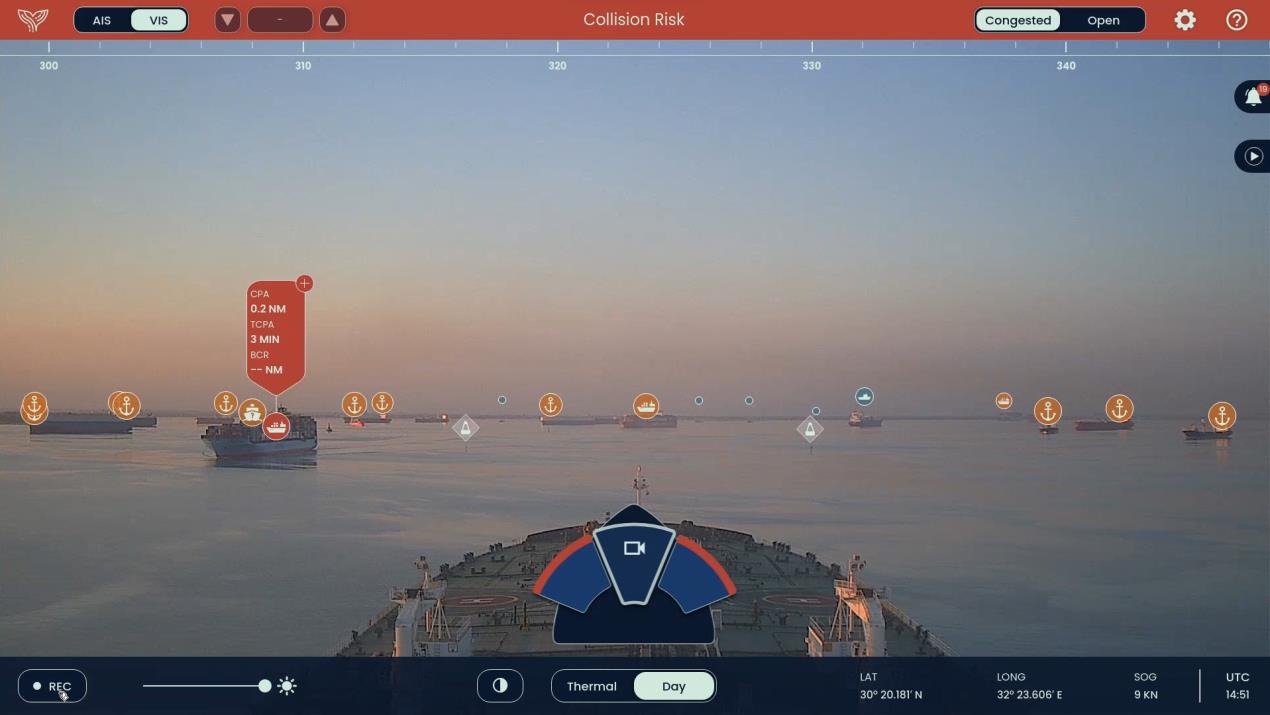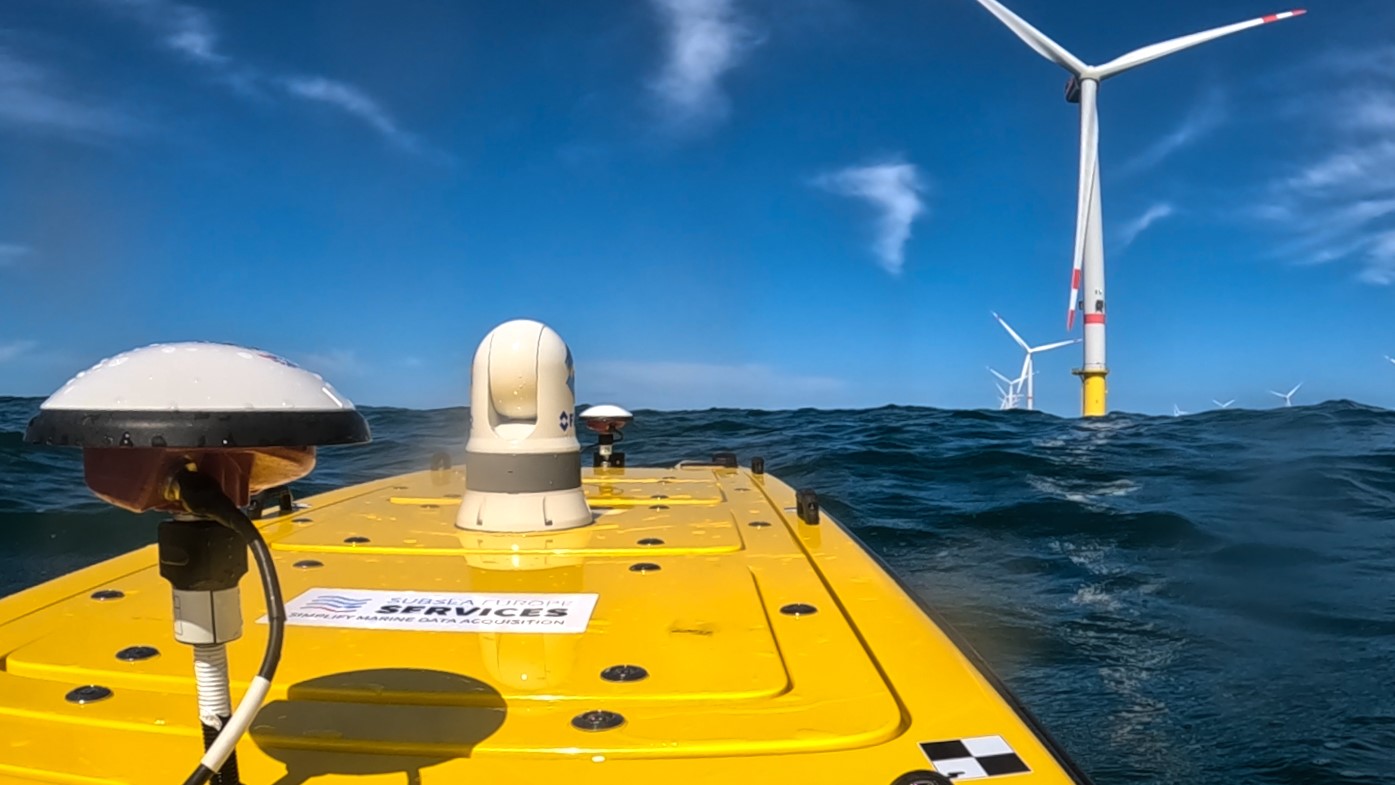There are many discussions about the rise of the autonomous vessel. A number of key developments in recent years has led to this. Increased reliable connectivity, huge developments of battery and energy storage technology, the advent of the Internet of Things and market conditions are among them.
Are conventional maritime fuels and engine not only an environmental risk, but a limiter on creating the goal of autonomous safe commercial shipping? What needs to happen to achieve the efficiency of automation? Can diesel/HFO-fuelled vessels ever be unmanned? Is electric propulsion a prerequisite for automation in the maritime industry? What levels of data are needed to create autonomous, and what are the benefits of even going partway down this journey? Are the diagnostic tools sufficient to create trust in shore based assessment?
Keynote
Siemens has long been a fan of electric propulsion, a fact that Odd Moen, head of Maritime at Siemens in Norway illustrated with a slide of the company’s battery-powered passenger vessel from 1886.
The first electric powered vessel was the 11-metre long, 4.5kW “Elektra”. In his keynote address, Moen explained that Siemens has recently been building on its competencies in non-maritime areas such as land-based power transmission and electric buses and bringing this knowledge and experience across to shipping. One of the results of this is the fish-farming vessel “El Frida”. Moen says that while this is a small project, it is important as a proving ground for fully electric ships. The company has also launched the BlueDrive PlusC hybid power system, which has been successfully installed on a number of offshore support vessels and has enabled fuel savings of around 30% when compared to similar OSVs.
Odd Moen, head of maritime at Siemens gave the keynote speech in this discussion and was joined by a panel made up of Sam Sills from maritime battery supplier ZEM; Helle Hammer, managing director of The Nordic Association of Marine Insurers (CEFOR); Ørnulf Jan Rødseth (pictured) from Norwegian research institute SINTEF Ocean; and Vegard Evjen Hovstein, founder and MD of Maritime Robotics
These advances in electrical propulsion won’t inevitably lead to fully automated ships but they do remove many of the barriers, a point that Ørnulf Jan Rødseth of SINTEF Ocean stressed. On an unmanned vessel, there is no-one with a wrench onboard, and so the higher reliability of electric propulsion when compared to the combustion engine is a big plus.
Vegard Evjen Hovstein of Maritime Robotics has had first-had experience of this. The combustion engine has been the biggest challenge in the development of the company’s small unmanned ships, which are typically around 20 to 30 feet in length. However, on the flip side, Hovstein says batteries are still too large in terms of weight and volume when compared to a fuel tank, especially on smaller scale vessels.
But with these and many more uncertainties around fully automated vessels, will shipowners and the wider maritime world be prepared to take a leap of faith?
That is one phrase that marine insurers don’t like to hear, said Helle Hammer of CEFOR. However, she believes unmanned ships will be insurable, at least after some thorough field tests. The process will also require someone, such as class societies, to set standards, says Hammer. But before fully automated ships can embark on long-range, international voyages, regulations will need to change, she added. Hammer believes this could take between 10 and 15 years to achieve.


































